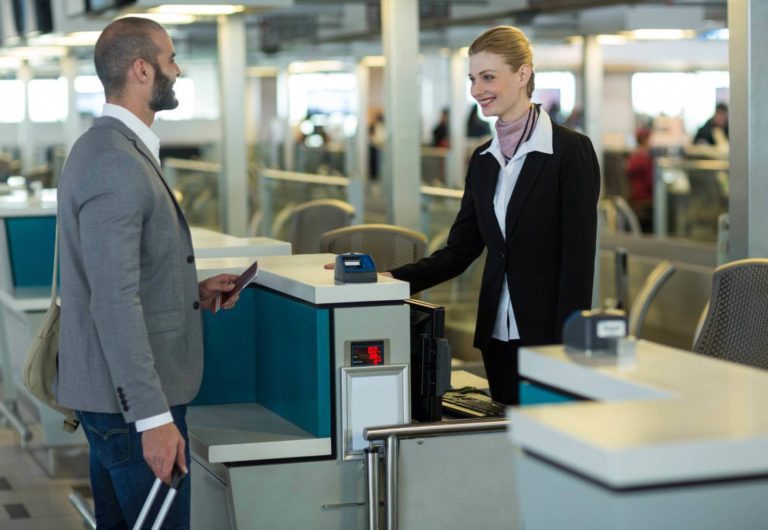
In a constantly evolving world where safety, efficiency, and professionalism are more important than ever, visitor management is no longer a simple matter of pen and paper. Whether you manage a corporate office, residential building, school, hospital, or public facility, it’s important to know who’s coming and going.
Visitor management systems are the cornerstone of modern facility access control. They provide a reliable way to monitor, record, and manage visitor traffic. But what does this mean? How do these systems work? And what can you expect if you’re considering installing one for your organization?
Let’s break this down into practical, concrete terms.
Visitor management refers to the process of tracking and managing visitors entering a facility. These visitors could be customers entering an office, delivery drivers entering a warehouse, or parents visiting a school.
The goal is simple:
The days of manual logs and paper badges are over. Modern visitor management systems are digital, automated, and integrated with security protocols to make check-ins faster, smarter, and more secure.
The need for an effective system goes beyond good manners or customer service. It impacts security, compliance, brand image, and even operational efficiency. Here’s why it’s important:
Visitor management provides real-time visibility into everyone in the building. Whether it’s a school, hospital, or highly secure data center, knowing who’s present helps prevent unauthorized access and improve emergency response.
A sleek digital check-in system shows your visitors that you value professionalism. It eliminates confusion at the entrance and provides a smoother welcome.
For many industries, especially those handling sensitive information, keeping a record of everyone entering the premises is a compliance requirement (e.g., GDPR, ISO, HIPAA).
You can restrict access to specific times or areas, control visitor flows, and analyze trends to optimize foot traffic and security measures.
Although each system has unique characteristics, the basic workflow remains the same.
Step 1: Pre-Registration or On-Site Check-In
Visitors can either register in advance via a link (sent by email or SMS) or show up and register on site using a tablet or kiosk.
Step 2: Identity Verification
The system may ask for:
Some systems use facial recognition or QR code scanning for added speed and security.
Step 3: Badge Printing
Once checked in, a visitor badge is printed with:
This adds a layer of visibility and control, especially in larger facilities.
Step 4: Host Notification
The employee or guest is immediately notified (via email, text message, or app) of their guest’s arrival. This avoids waiting times and confusion.
Step 5: Check-Out
Upon exiting, visitors pay using a kiosk or tablet. The system records their departure time, completing the visitor log. This data is often stored securely for audit or security purposes.
When selecting a solution, look for these essential features:
If you’re looking to modernize how you manage guest entry and access, Severity Security offers world-class visitor management solutions tailored to your business needs.
Contact us today and let’s secure your front desk the smart way.
Monday - Thursdays :
8 Am -5 Pm
Every Fridays (8AM – 12N)
Every Saturdays (8AM – 3PM)